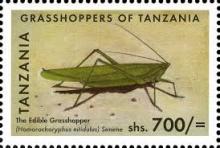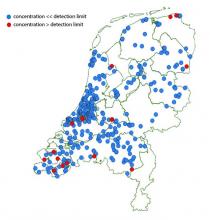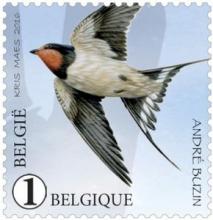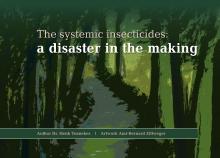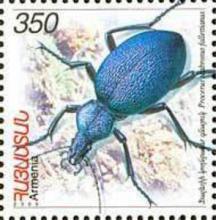More than a quarter of Europe's crickets and grasshoppers are being driven to extinction
The first comprehensive assessment of Europe's crickets and grasshoppers has found that more than a quarter of species are being driven to extinction. According to the International Union for Conservation of Nature (IUCN), the insect group is the most threatened of those assessed so far in Europe. Europe harbours more than 1,000 species of grasshopper and cricket. If we don't act now the sound of crickets could become a thing of the past, said the IUCN.


